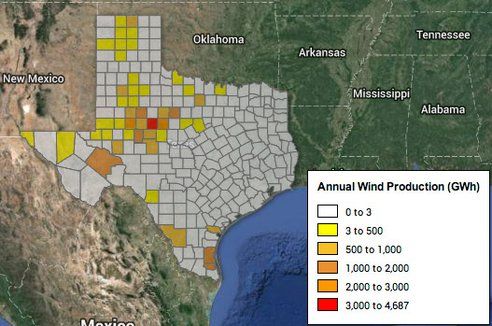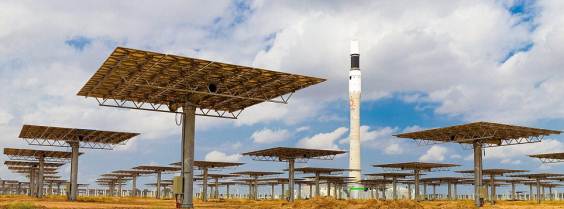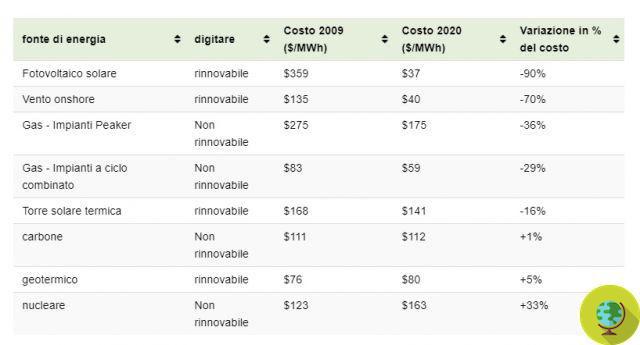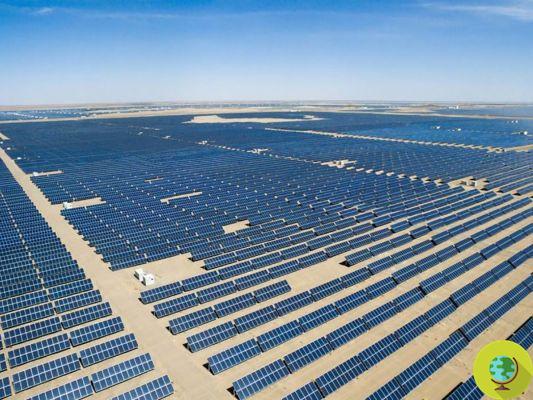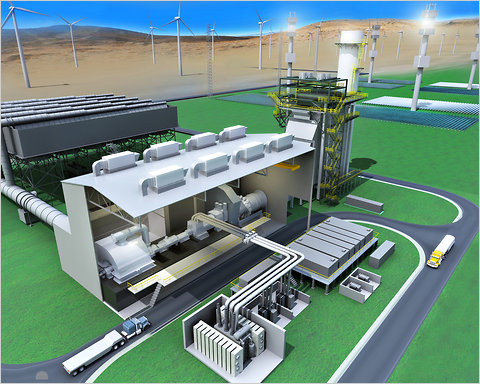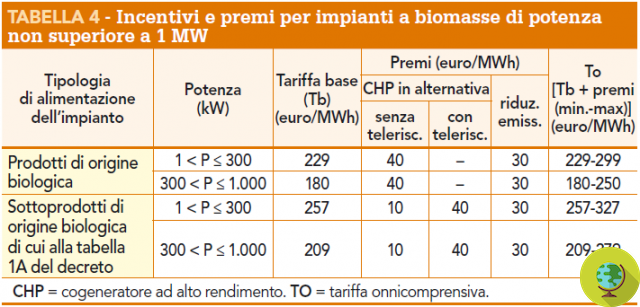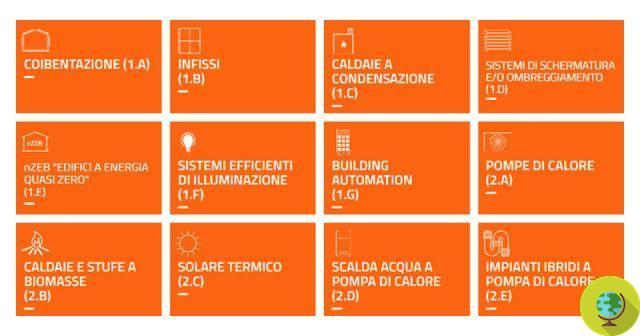Solar and wind power plants in the Sahara desert have effects on heat, humidity and vegetation. This was revealed by a new study conducted by researchers at the University of Illinois at Urbana-Champaign, according to which the rains would even double
He is about to end up run over, his mother saves himSolar and wind power plants in the Sahara desert have effects on heat, humidity and vegetation. This was revealed by a new study conducted by researchers at the University of Illinois at Urbana-Champaign, according to which the rains would even double.
The study is among the first to model the effects on the climate of these plants for the production of energy from renewable sources. The research took into account how vegetation and rainfall respond to changes in heat.
According to lead author Yan Li, researcher of natural resources and environmental sciences, a large wind or solar plant in the Sahara Desert and in the neighboring Sahel would increase the local temperature, rainfall and vegetation. Overall, the effects are likely to benefit the region.
"Previous modeling studies have shown that large-scale wind and solar farms can produce significant climate change on a continental scale," Li said.
The new study focused on the Sahara for several reasons: firstly because it is the largest desert in the world, secondly because it is sparsely populated, is extremely sensitive to earth changes and is in Africa and close to Europe and the Middle East. , areas characterized by a growing energy requirement.
The wind and solar farms simulated in the study covered more than 9 million sq km and generated approximately 3 terawatts and 79 terawatts of electricity, respectively.
"In 2017, global energy demand was just 18 terawatts, so obviously that's much more energy than is currently needed worldwide," Li explained.
The effects of wind farms
The model also revealed that the wind farms had caused local air temperatures near the surface to warm, with greater variations in minimum temperatures than maximum temperatures.
"The increased night-time warming occurs because wind turbines can improve vertical mixing and drop warmer air from above," the authors wrote. Precipitation also increased by 0,25 millimeters per day on average in regions with wind farms.
"There was a doubling of precipitation compared to that seen in the control experiments," Li said. In the Sahel, average rainfall increased by 1,12 millimeters per day in the presence of wind farms.
This increase in rainfall, in turn, had led to an increase in vegetation cover, creating a virtuous circle.
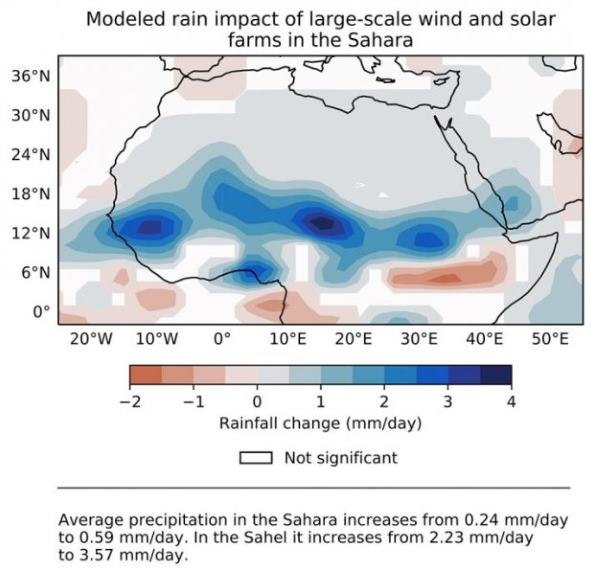
The effects of solar parks
Solar parks had a similar positive effect on temperature and rainfall but unlike olics, solar panels had a very limited effect on wind speed.
Compared to the control experiment, a 50% increase in precipitation (+0,13 mm / day) was observed in the sites where there are solar parks in the Sahara and an increase of +0,57 mm / day in the Sahel .
“We found that large-scale installation of solar and wind farms can bring more rainfall and promote vegetation growth in these regions,” said co-author Eugenia Kalnay.
According to scientists, increased rainfall and vegetation, combined with clean electricity from solar and wind energy, could help agriculture, economic development and social well-being in the Sahara, the Sahel, the Middle East and the rest of the world. other neighboring regions.
The study was published in Science.
READ also:
- The Sahara Desert has advanced 10% in the past century
- Desertification and drought are the new natural disasters
Francesca Mancuso
Cover photo: That one












